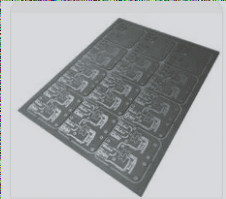Essential Considerations for PCB Board Layout Design
When designing PCB board layouts, it is crucial to pay attention to the following 10 aspects:
-
PCB Routing Direction
Align the component arrangement with the schematic diagram for consistency during production, inspection, and maintenance.
-
Component Arrangement
Organize components on the PCB neatly and evenly while maintaining a structured layout.
-
Resistor and Diode Placement
Consider horizontal or vertical placement based on the number of components and PCB size.

-
Potentiometer and IC Holder Placement Principles
Position potentiometers and IC holders strategically to meet functional requirements and layout needs.
-
Arrangement of Input and Output Terminals
Group input and output terminals closely and maintain an ideal lead distance.
-
Pin Arrangement Sequence
Ensure a logical pin arrangement sequence and appropriate component pin spacing.
-
Wiring Design
Efficiently route wiring for optimal circuit performance and easy installation and maintenance.
-
PCB Routing
Minimize bends in PCB routing for clear and direct traces.
-
Trace Width and Pad Spacing
Maintain reasonable trace width and pad spacing for effective PCB design.
-
PCB Design Order
Follow a logical design sequence to ensure clarity and ease of assembly.





